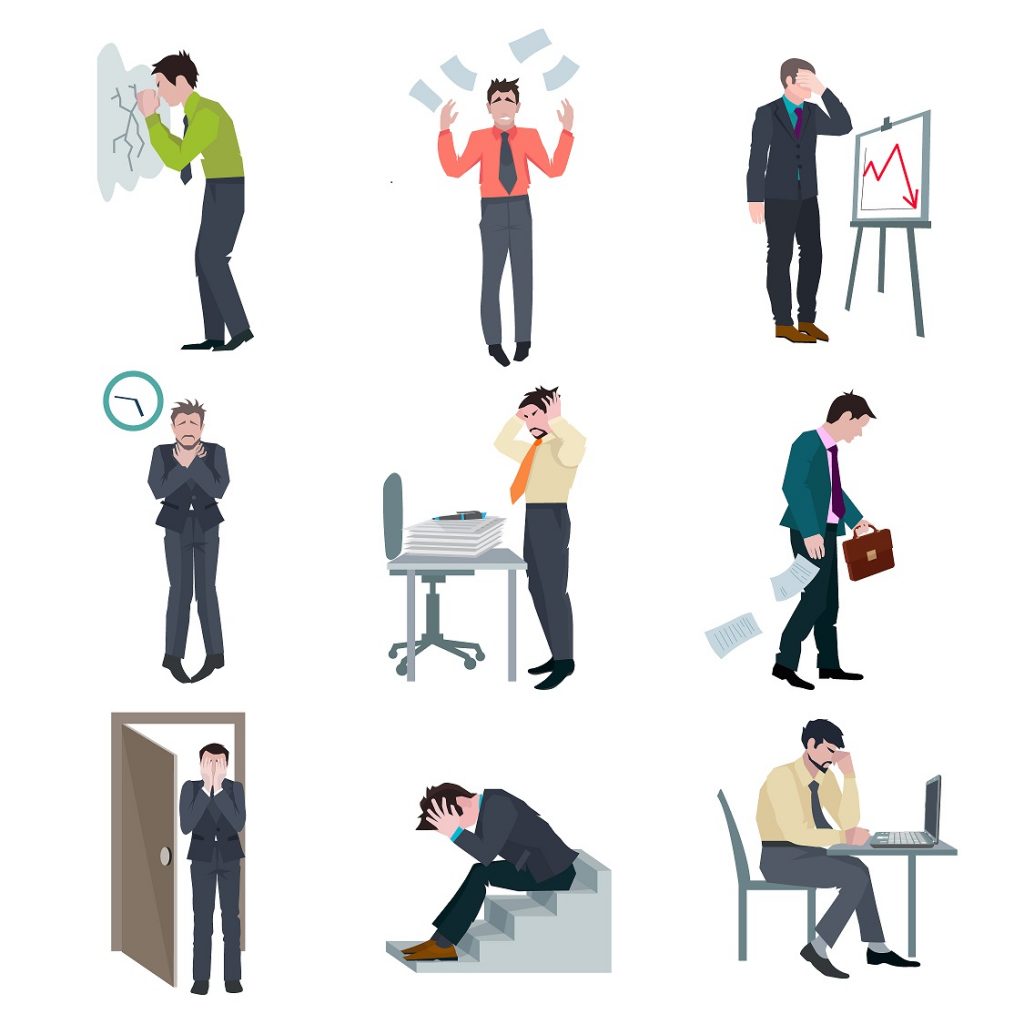How to overcome Analysis Paralysis? Its the biggest anxiety which mostly presenter suffers. No individual likes being wrong. It’s an intrinsic human desire to feel being valued as it boosts up an individual’s performance. When it’s about decision-making; it’s natural to want to be right. As it reflects your beliefs, values, intentions which not only draws your behavior but also identifies you as a person. How do you react when it comes to decision-making? Do you get anxious while making a decision? Do you spare a long time verifying every single option before the conclusion? Does often your over-analysis stop you from making quick moves? Then you are suffering from the state of Analysis Paralysis.
Analysis Paralysis or Paralysis by analysis is a state of over-analyzing a situation with the aim of productive result which ends with never taken decision or action. This over-analyzing situation leads professionals to a point where actions aren’t made. This over-thinking or over-analyzing situation leads your decision-making process to forward motion or towards making it paralyzed, resulting in that no solution or course of action is decided upon. The decision-making process partially gets delayed or is never made due to the fear that a larger problem arises. Over-analysis can lead to anxiety which gradually ruins your presentation. Here are the few guidelines to eliminates your anxieties while presentation.
The phenomena of analysis paralysis remind the ancient fable of the fox and a cat, where the two animals discuss the ways to escape from their hunters. Fox claims of having many on the other side cat admit of having only one.
But when hunters instantly arrive, cat limbs the tree whereas Fox starts analyzing the points to escape. But unable to opt the best initially gets trapped by hunters. The story ideally illustrates the phenomena of analysis paralysis. A person who suffers from paralysis from analysis gets lots in processing, analyzing, or evaluating data that needed to be acted upon to make a decision. Have you ever faced paralysis by analysis? Do you get drowned out by overwhelming and feel paralyzed while in decision making? If you feel so, you aren’t alone.
- When you get overwhelmed by the available choices
- Complicates the decision-making process when it’s a quiet and simple choice
- Feeling compelled to opt best and perfect choice
- Fret of making the wrong choice, hence stalling from the decision-making process
Before we dwell more into analysis paralysis, let’s examine the ways of decision making:
- Firstly, ones who ‘’Satisfice’’, who selects the first option which meet the needs or picks the option which addresses the most needs.
- Secondly the maximizers who never settles with the available option. Also keeps on hunting for better alternatives. They are the one who prolongs the decision-making process and keeps on searching for better alternatives, deal, offers.
Some shields failure with overthinking. But in reality, over-analyzing prolongs or delays in decision-making. Professionals often fall into the prey of ‘’Choice Overload’’. The more the choice is available, the harder it gets to process it. It’s a fact that as much the amount data reaches the human brain, their brain’s ability to process it starts to decline. A t a point of time the brain becomes paralyzed to make a decision.
If you are struggling with Analysis Paralysis, here are some of the tips which would help to break the pattern:
- React When AP Kicks in: If it has been done over a long period of time, then its likely to become automatic. When you feel like it pauses. Set back and verify yourself when you find yourself focused on decision or worries and question yourself if you are over-thinking.
- Prioritize Your Decisions: Treat all your decisions as if it can have an adverse effect on their work, which can lead to analysis paralysis. The initial step is to differentiate between the steps that need your foremost attention and those that can be acted later.
- Identifying the Objective: Do you know what result is? Are you familiar with what decisions need to be made today or in the future? Your purpose should be to achieve something from decision making over a project or fixing a problem.
- Fixing Your Goals: Often, the inability to decide something isn’t analysis paralysis of multiple choices. Sometimes we aren’t familiar with what and why decisions need to be made. Defining goals for making decisions makes it easy to opt from alternatives.
- Break Decisions into Simpler Units: Decision making is the key process of business management. Considering it a crucial step, try to break it into smaller actions, instead of deciding on one step. Shifting attention from one big decision into smaller but easier ones will set you free from paralysis by analysis of making a big decision.
- Perfection: Unless you are deciding for a do or die situation, you don’t need to be perfect. Sometimes selecting a good-enough decision turns into the best decision. Every decision comes with its downsides. Don’t let this factor overweigh other factors of your decision.
- Differentiate Between Your Decisions: Prioritize between your actions and decision-making process. Ask yourself: How important is decision making? What prospects does it will have in the future? Give only the desired focus and time needs for analysis based on importance and outcomes for you and others.
- Put healthy Pressure & Maintain Friendly Environment Among your Colleagues: If you are the one who works better under deadly pressure, then bind yourself under deadline by which you should make the decision.
- Eliminate Bad Options: When you are empowered with multiple options, it can lead to further frustration. Remove the clutters to free you up to make decisions if you are unsure how to eliminate bad options. Then hold on, set back to your objective for decision making, and evaluate the option which goes best with your objective.
- Pick Up and Go: If you are slammed with multiple options and unsure what to choose from, but none of the options tends to be harmful or detrimental with your objective. Then select an option and go. You can evaluate the outcome over time but can even overcome the fear analysis paralysis.
- Taking Opinion from Someone: This tip is slightly different than that of others. Seeking advice, support, counsel from someone you trust can aid in decision making.
Do you experience analysis paralysis? If often you do, then these tips can break your fear for analysis paralysis if you are obsessing about every little thing which doesn’t have an adverse effect on your work. Then the time has come up to channel your energy into bigger goals. Being a business professional overcoming analysis paralysis can be efficacious. As paralysis by analysis will get you nowhere and can even ruin your project. Make sure that is don’t happen. Finding exact designs for presentation you might be overwhlmed with choices available over internet. Find some of the best PowerPoint templates to draft an impressive presentation.





Comments
Post a Comment